Unlocking Engagement: A Comprehensive Guide to Game and Gamification in Mobile Apps

Game and Gamification in Mobile Apps have become essential tools to boost user engagement and retention. According to Statista, the global mobile app market is projected to reach $935 billion by 2024, with gamification playing a pivotal role. Apps that use gamification have been found to experience 30% higher user retention rates compared to those that don’t. With competition for user attention at an all-time high, integrating gaming elements has proven to be a successful strategy for engaging and retaining users. This comprehensive guide delves into the mechanics, psychology, benefits, and strategies behind gamification, exploring how developers can leverage these techniques to capture user interest and foster long-term loyalty.
Table of Contents
1. Understanding Game and Gamification in Mobile Apps
While “game” and “gamification” often overlap, they serve different purposes. Games are standalone applications designed primarily for entertainment, while gamification integrates game-like elements into non-gaming apps to enhance user engagement.
Insights and Statistics
- Market Value: The mobile gaming market alone is set to exceed $124 billion by 2024, with gamified apps contributing significantly, especially in categories like health, fitness, and finance.
- Preference for Gamification: Research from Yu-kai Chou, a pioneer in gamification, indicates that 80% of users prefer apps with gamification features, which yield higher engagement rates when using rewards, progress tracking, and challenges.
- User Engagement: Gamified apps report a 40% higher engagement rate according to Deloitte. This trend highlights the strong appeal of gamified elements among users of all demographics.
Key Takeaways
Games are designed for entertainment, whereas gamification focuses on enhancing engagement within an app’s core function.
Understanding these distinctions helps developers determine the best approach for their app objectives and target users.

2. The Psychology of Gamification
Gamification is grounded in psychology, leveraging human motivators like achievement, recognition, and social interaction to encourage user engagement. According to McGonigal’s Theory of Gamification, engaging users at an emotional level is the key to effective gamification.
Core Psychological Drivers
- Achievement: Users derive satisfaction from achieving goals. Gamified elements such as progress bars, levels, and rewards satisfy this need, encouraging users to return and continue using the app.
- Recognition: Badges, titles, and other recognitions fulfill the need for validation, allowing users to feel accomplished and respected.
- Social Interaction: Leaderboards and multiplayer challenges tap into users’ social motivations by enabling friendly competition or collaboration.
- Curiosity and Exploration: Apps that reveal new features or challenges as users progress stimulate curiosity and encourage further exploration.
Real-World Impact
In a survey by Think With Google, 72% of mobile app users reported feeling more satisfied when apps included game-like elements, with 65% stating that it made their experience more enjoyable and engaging.
According to Gartner, gamified apps achieve 25% higher retention rates compared to non-gamified apps.
3. Essential Game Mechanics in Mobile Apps
The success of gamification relies on game mechanics—core elements like points, levels, badges, rewards, and challenges—that make regular app use feel engaging and rewarding.
Key Mechanics and Examples
| Game Mechanic | Description | Example App |
|---|---|---|
| Points and Rewards | Points act as immediate feedback for task completion, indicating progress | Fitbit |
| Levels | Levels show proficiency, giving users a sense of growth and achievement | Duolingo |
| Badges and Trophies | Recognize significant milestones, enhancing user motivation | Khan Academy |
| Challenges and Quests | Daily or weekly goals motivate consistent engagement | Habitica |
Real-World Application
Studies show that apps using these mechanics see 40% higher user retention. For instance, in Habitica, users turn everyday tasks into an RPG-style game, completing “quests” to build good habits, which has led to increased user retention.
Takeaway
Implementing game mechanics thoughtfully helps make routine app use feel rewarding, motivating users to engage consistently.

4. Mobile App Gamification Strategies
Developers can implement a variety of gamification strategies across app categories to boost engagement. The most successful strategies align with user goals, such as progress tracking, daily challenges, or personalized rewards.
Top Strategies and Effectiveness
- Progress Tracking: According to Gartner, progress tracking can improve user engagement by 22%, especially in habit-building and learning apps.
- Challenges and Streaks: These features are especially effective for fitness and productivity apps. App Annie reports that streaks increase daily usage by 18%, particularly in apps like Duolingo.
- Personalization: Tailoring gamification to the individual user drives 18% higher conversion rates. For example, a fitness app that adapts challenges based on past workouts sees better retention rates.
According to McKinsey, personalized gamification increases user engagement by 35%, as users feel more connected to experiences tailored to their individual goals and preferences.
5. The Benefits of Gamification in Mobile Apps
Gamification provides a range of benefits, from enhancing user satisfaction to driving long-term engagement. According to eMarketer, 72% of users prefer apps with gamification features, and these apps are more likely to retain users over time.
Benefits Overview
| Benefit | Impact | Example |
|---|---|---|
| Higher Retention Rates | Gamified apps see a boost in DAUs | LinkedIn (Skill Badges) |
| Enhanced User Satisfaction | Recognition boosts morale and satisfaction | Duolingo (XP Points) |
| Increased Revenue | In-app purchases and rewards monetize effectively | Candy Crush (Power-ups) |
| Brand Loyalty | Gamification builds lasting brand-user bonds | Starbucks (Rewards) |
Revenue Impact
Apps that incorporate gamification report up to 30% higher revenue than non-gamified apps, according to Deloitte. For instance, Candy Crush generates significant revenue through in-app purchases, with users motivated to buy power-ups to complete levels.
Takeaway
The significant benefits of gamification, from higher user retention to increased revenue, demonstrate why gamification is essential for developers seeking to build loyal user bases.
6. Effective User Engagement Techniques for Mobile Apps
To maximize gamification’s impact, developers employ specific user engagement techniques. These include analytics, feedback loops, and A/B testing to refine the user experience.
Engagement Techniques and Their Impact
- User Analytics: Analytics help developers understand user behavior, personalizing content to meet their needs. According to McKinsey, apps that use analytics see 25% more active users.
- Feedback Loops: Apps that actively gather user feedback and adapt based on preferences improve retention by 12%.
- A/B Testing: Testing different rewards and challenges can improve conversion rates by 8%, particularly in apps with in-app purchases.
Key Insights
Regularly analyzing and adjusting gamification based on user feedback keeps the experience relevant, increasing long-term retention.

7. Case Studies: Gamification Success Stories
Several apps have become benchmarks in gamification, showing how these techniques can transform user engagement and foster loyalty.
Case Study Highlights
- Duolingo: Language-learning app that uses streaks, levels, and rewards to encourage daily learning. It has over 30 million DAUs, largely driven by gamified features.
- Nike+ Run Club: Nike’s fitness app incorporates leaderboards, challenges, and social sharing, which increased user engagement by 25%.
- Starbucks Rewards: The Starbucks app has become a model for successful gamification, with 40% of its transactions completed through its loyalty program, offering rewards for frequent purchases.
8. Best Practices for Integrating Game and Gamification in Mobile Apps
Gamification can significantly boost user engagement, but to be truly effective, it’s essential to follow best practices that align game mechanics with the app’s core objectives. Here are some fundamental strategies for successful gamification integration:
| Best Practice | Description | Impact |
|---|---|---|
| Simplicity | Keep gamification mechanics clear and easy to understand. Avoid over-complicating the experience to prevent overwhelming users. | Simplicity has been shown to increase user adoption rates by 20%. |
| Goal Alignment | Ensure that gamified elements directly support the app’s main objectives. For instance, a fitness app should focus on health-related rewards, not irrelevant incentives. | Aligning gamification with the app’s purpose leads to higher user satisfaction and loyalty. |
| Regular Updates | Refresh gamified content frequently with new challenges, badges, or rewards. This keeps users engaged and excited about returning to the app. | Apps with frequent updates see 18% higher retention rates. |
| Feedback Integration | Collect and act on user feedback to enhance gamification features. Adapting based on feedback makes gamified elements feel personalized and relevant. | Apps that incorporate user feedback experience a 10% increase in DAUs (Daily Active Users). |
These best practices ensure that gamification not only boosts engagement but also enriches the user experience, creating a seamless and enjoyable journey that aligns with both the app’s goals and user expectations.
Takeaway
By following these best practices, developers can ensure that gamification enhances the user experience without detracting from the app’s main function. Regular updates and alignment with user feedback keep the gamified experience engaging and relevant.
Conclusion
As competition for user attention grows, leveraging Game and Gamification in Mobile Apps has become crucial for app success. From understanding the psychology behind gamification to applying effective engagement techniques, developers have the tools to make their apps stand out in a crowded marketplace. By using gamified elements thoughtfully and following best practices, apps can build loyal, engaged user bases, leading to sustained growth and user satisfaction.
Gamification is more than just adding points and rewards; it’s about creating meaningful user experiences that foster lasting engagement. As the data shows, apps that successfully implement gamification report higher user retention, increased revenue, and stronger brand loyalty—factors that will continue to be important as the mobile app market grows.
In conclusion, the effective application of game mechanics, tailored strategies, and best practices can transform an app from a mere tool into an engaging experience that users want to return to day after day.

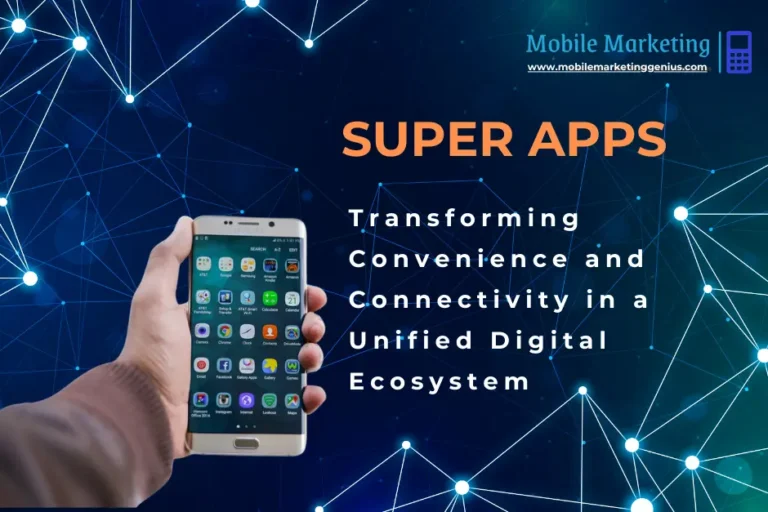
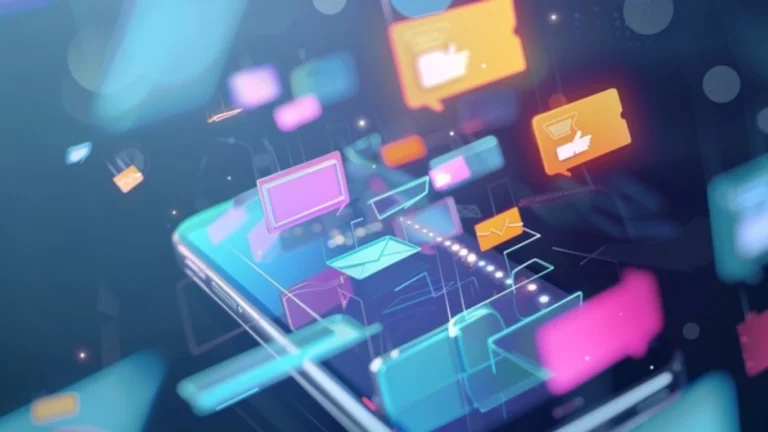
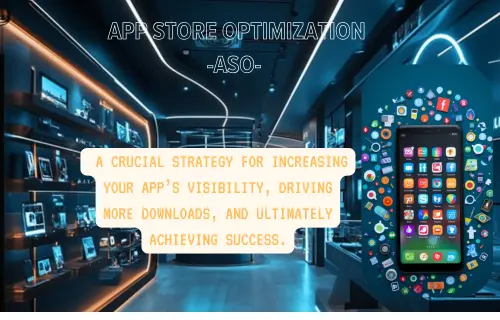
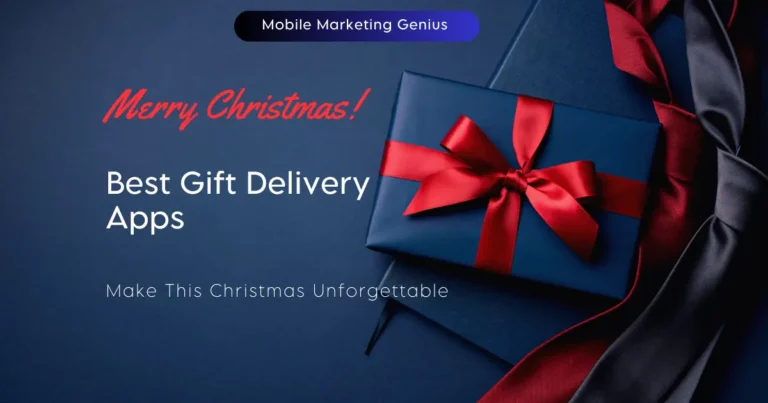

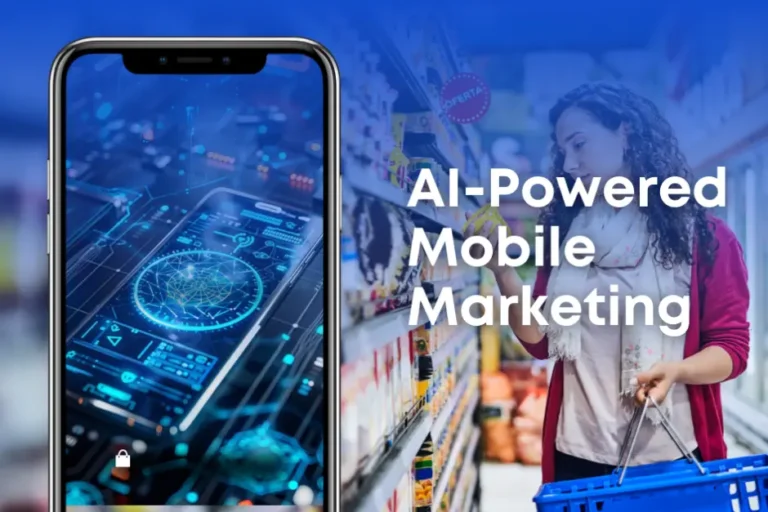
7 Comments
Comments are closed.